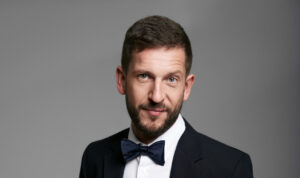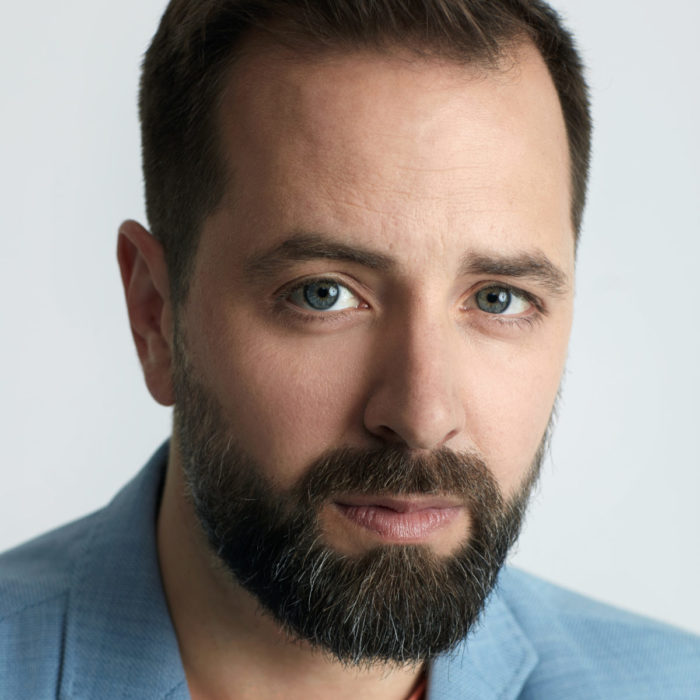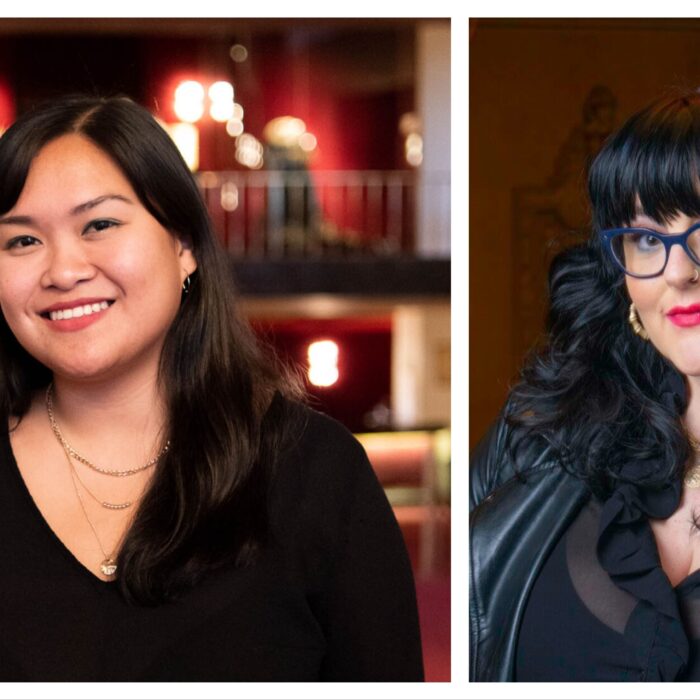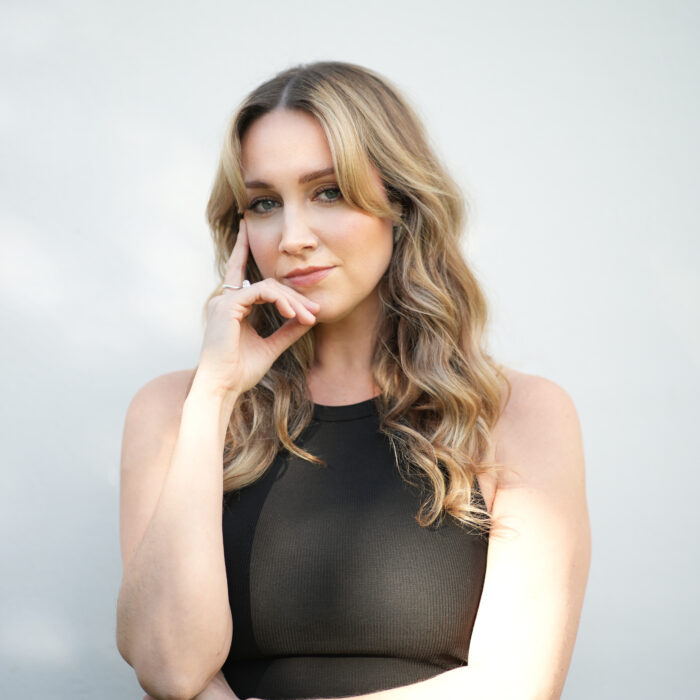
Q & A: Marko Mimica on ‘Les Contes d’Hofmann,’ Opera Australia & French Music
By Francisco Salazar(Credit: ©Gemma Escribano)
After having performed all over the world at the Teatro Regio di Parma, Donizetti Opera Festival, Deutsche Oper Berlin, Teatro San Carlo, Teatro Massimo di Palermo, Teatro Regio di Torino, and Royal Opera Muscat, among many others, there can be no doubt that Marko Mimica is one of opera’s rising stars.
And this month, the bass-baritone will add Opera Australia to his illustrious resume as he debuts in a new production of “Les Contes d’Hoffmann.” This will incidentally be the first time that Mimica takes on Four Villains, adding another role to an already immense repertoire that includes such such operas as “Lucrezia Borgia,” “La Forza del Destino,” “Aida,” “Don Giovanni,” “Il turco in Italia,” “Macbeth,” “Carmen,” “Roméo et Juliette,” “Hérodiade,” and “Simon Boccanegra,” among others.
In a recent conversation, OperaWire spoke to Mimica about Offenbach’s music, his Australian debut, and the difference between French and Italian music.
OperaWire: What excites you about making your Australian debut, especially in this legendary opera house?
Marko Mimica: Ever since I was little I was fascinated by the Sydney Opera House, considered to be the most symbolic structure of 20th-century architecture. We were supposed to do this production in 2021 but it got cancelled because of COVID so it feels especially rewarding to be back.
I’m also amazed by the kindness and efficiency of the people working here which makes this whole experience so much better.
OW: You will be playing the four villains in Offenbach’s iconic work. Is this your first time performing this work?
MM: Yes, this is my first time performing in Sydney and my first time performing this work. I’ve been waiting to do this opera for quite a long time, it’s a perfect fit for my voice. And playing a villain is always fun 🙂
OW: What are the biggest challenges of playing these four villains? Do you have a favorite character and why?
MM: Vocally there are quite a few tricky spots, but nothing that a good ol’ practice couldn’t solve. It’s a proper role for a bass-baritone, which I am, so it’s neither too high nor too low, it’s just perfect. It’s also neither too dramatic, nor too lyrical. There’s a lot of text, and it was not easy to learn it. One of the main challenges is the length of the role, so one has to build stamina. And it can be done only with time, rehearsing over and over and even performing. I’ll be able to tell you about the true challenges after I’ve done 5-6 shows, so let’s talk again then 🙂
My favorite character would be Dr Miracle, because of the intensity of the music and mystery around him.
OW: The characters are all villains. How do you differentiate each one of them and how do you create something different in each of them?
MM: In this production, they’re all the same person or something like a personification of the evil, “bad luck” that follows every single one of us from time to time. (I love the duality of this piece, the yin and yang, the good and bad which exists in all of us).
They all do have things in common, there’s the same musical leitmotif every time they appear on stage, and they’re all sarcastic, and manipulative but also funny and playful.
OW: There are some iconic moments like the trio of the opera and the final ensemble in Giulietta’s act. How does the music differ between each act for the villains?
MM: I find all of the opera brilliant. Very theatrical and entertaining. The music for Lindorf and Coppelius is more of a comic character, Miracle is spooky, dramatic, and declamatory with the trio so beautiful, iconic as you say. Dappertutto is dry and cruel.
OW: What is your favorite musical moment in the opera?
MM: It would be the trio we mentioned before, although it’s quite tiring to sing, but musically it’s of sheer beauty. It gets me every time 🙂
OW: What do you know about the production and have you ever worked with Damiano Michieletto?
MM: Paolo Fantin’s design is – as always – very clever and pretty. With Damiano I’ve worked on Donizetti’s “Lucia di Lammermoor,” Verdi’s “Luisa Miller,” Rossini’s “La Donna del Lago,” and “La Gazza Ladra,” and loved all of his shows. He’s very smart and funny, has strong (and clear!) ideas but gives the singers their own space to express themselves. I love the freshness and playfulness of his productions. There’s a lot of action and the rehearsing process is always very creative. Looove his team!
OW: You sing a lot of Donizetti and Verdi. How do the four villains compare to the music of these Italian masters? How does the French music work in comparison to the Italian repertoire for you?
MM: It’s very different. In a way Verdi is the most difficult and the easiest one at the same time. His operas are normally not too long to sing (for a bass at least), but every note has to be sung in full voice, with a lot of colors and dynamic nuances. Physically it’s tiring, but with the right voice and technique, it’s a pure joy to sing it.
Donizetti’s tessitura is a bit higher and it’s more flexible, some roles can be done by a bass or by a baritone (ideally a bass-baritone, just like the four villains), it’s not as strict as Verdi. I’m hoping to do more French music in the future, I’m loving it. The phrasing is a bit different, and I feel that vocally it doesn’t have to be so technique-centered as Italian bel canto, at least in the operas I’ve done so far. In Hoffmann, there’s so much liberty with the interpretation, and one has to be very creative to make it alive and interesting.


